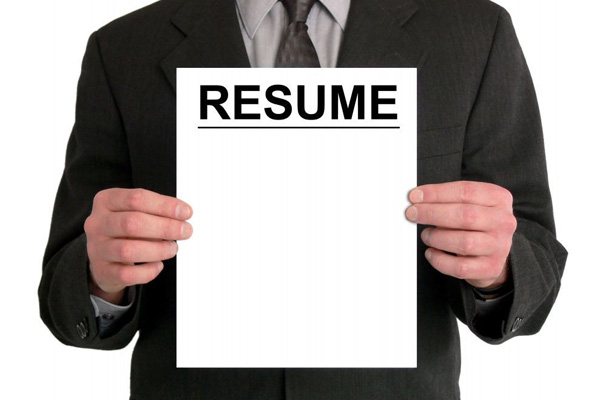
29 Sep Tips for Writing Healthcare IT Resumes
One of the most basic questions many people have when preparing to look for a new job is if they should have a resume or a curriculum vitae, or CV. There is a big difference between the two. CVs tend to be fairly long, running over multiple pages. They are highly detailed, extensive lists of educational achievements and publications, and are generally used by academics and medical professionals. A resume, on the other hand, is a concise list with brief descriptions of your employment history, education, and relevant skills. You would not include personal information (such as marital status) or a photo.
For a healthcare IT position, you need a resume. The rule of thumb is to include both operational and technical experience. While you want to hew close to the most important and relevant pieces of information, it’s okay if your resume goes over a page, especially if you have many years of experience.
If you are looking for a healthcare IT position, be sure to check out our listings, and don’t forget to upload your resume so our client companies can discover you!
Summary or Objective?
Start a resume with a brief, concise paragraph that helps the hiring manager quickly get a sense of who you are. In past years, people used objectives in this space to explain what they were looking for. These days, the objective is out, the summary is in. Rather than reading about what makes this job so great for you, hiring managers want to know why you’d be so great for the job. This is where you really sell yourself, not where you make demands.
In a few sentences, explain who you are, what drives you, and how you’ll be an asset to the company. This is where you talk about your character traits, personal motivation, and passion. Touch briefly on relevant education/certifications or skills. Mention a few top accomplishments to show you can do what you say you can do.
Technical Skills Summary
List your technical skills in order of expertise and recency. BE SPECIFIC. Don’t just list “EMR.” State the exact EMR you used (i.e. Cerner, Epic, etc.). Because some companies use computer software to weed out poor matches, use relevant keywords to talk about your technical competencies.
Look carefully at the job description for the position you want. It contains the information you need to have on your resume. If it lists certain skills or qualifications that you have, make sure you include them on your resume – in the exact phrases used on the job description.
Describing Work Experience
List your jobs in reverse chronological order, with the current one at the top. Highlight your own and your team’s accomplishments in each position; don’t just fill space with your old job description. The focus should be on how your work benefited the company or benefited the company’s internal and/or external customers.
For example, instead of saying something like “used data to make healthcare recommendations,” say “evaluated SQL data to provide recommendations that improved patient outcomes by 15%.”
List Major Accomplishments
This includes awards, prizes, and other non-academic credentials. Bullet points or a numbered list are fine.
List Your Education
Include college, graduate school, certifications, etc. Keep this short and sweet. Again, bullet points are fine. There is no need to list your high school education.
Formatting
Keep it simple. Use only one plain, easy-to-read font such as Arial or Times New Roman. Stick to just one font size. Don’t do “creative” stuff with margins, colors, or indents; it looks unprofessional, or worse, pretentious.
Most importantly, proofread! Do everything you can to catch mistakes. Use the spelling and grammar checks built into your writing program. And get another person to read over your resume as well. Having a fresh set of eyes can help prevent little typos and errors.
If your resume is ready to go, click here to upload your resume to our site, and be sure to check out our listings!
